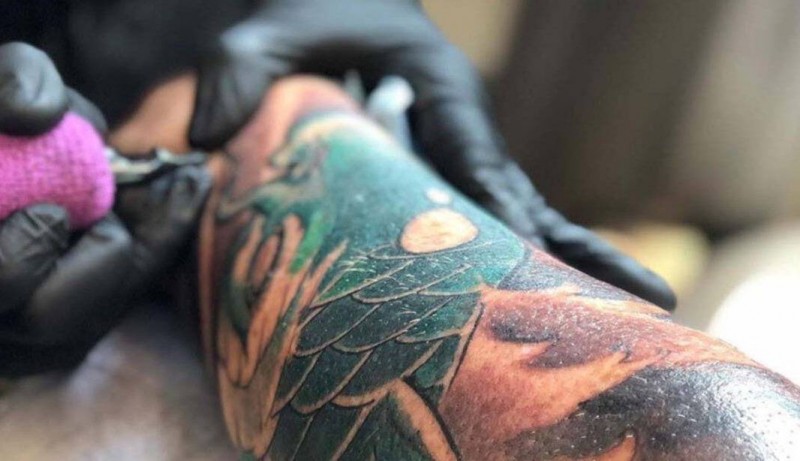
Tattoos have become a popular form of self-expression and artistic statement for many individuals worldwide. While getting inked can be an exciting and meaningful experience, it's essential to consider several factors to ensure safety and minimize potential risks. One of the critical aspects to carefully deliberate upon is the location on the body where the tattoo will be placed.
Understanding Potential Risks
Recent studies and reports have highlighted various risks and complications associated with tattoos, many of which stem from the location of the tattoo on the body. Here are some crucial points to consider:
Healing Challenges: Certain areas of the body are more prone to difficulties in healing after getting a tattoo. These include:
Genitalia and Internal Lips: Tattoos in these sensitive areas can take significantly longer to heal due to the constant moisture and friction, increasing the risk of infection.
Palms and Soles of Feet: These areas have thick skin and are subject to a lot of wear and tear. Tattoos here may fade quickly or experience prolonged healing times.
Health Risks: Beyond healing challenges, tattooing certain body parts can pose significant health risks:
Infection: Tattoos on areas with higher bacteria exposure or poorer blood circulation, like the feet, can increase the risk of bacterial infection. Symptoms of infection include redness, swelling, pain, or discharge from the tattooed area.
Allergic Reactions: Skin on some body parts may be more sensitive to tattoo ink, leading to allergic reactions that can range from mild irritation to severe inflammation.
Long-Term Considerations: Tattoos are intended to be permanent, and their location should be chosen with long-term considerations in mind:
Career Implications: Visible tattoos in certain professions may impact career opportunities or professional perceptions. Choosing less visible areas can mitigate these concerns.
Aesthetic Concerns: Some body parts may not hold ink well or may distort the tattoo design over time due to skin stretching, weight fluctuations, or aging.
Practical Advice for Choosing Tattoo Locations
When considering where to place a tattoo, follow these practical guidelines to minimize risks and ensure a positive experience:
Consultation with a Professional: Seek advice from a reputable tattoo artist who can provide insights based on their experience and knowledge of tattoo placement.
Research and Consideration: Take the time to research different tattoo designs and their suitability for specific body parts. Consider how the tattoo will look over time and its potential impact on your daily life.
Avoid High-Risk Areas: Refrain from tattooing on genitalia, internal lips, and other sensitive areas prone to prolonged healing and increased infection risks.
Monitor Healing: After getting a tattoo, closely monitor the healing process. Seek medical attention promptly if you notice any signs of infection or unusual reactions.
While tattoos can be a meaningful form of self-expression, choosing the right location on your body is crucial for ensuring both safety and satisfaction with the final result. By understanding the risks associated with different body parts and making informed decisions, individuals can enjoy their tattoos while minimizing potential complications. Remember, a well-thought-out tattoo location can enhance both the aesthetic appeal and longevity of your body art.
Energy drinks can slowly push you towards death, know its disadvantages otherwise you will regret it
Deadly 'Flesh-Eating Bacteria' Disease Surges in Japan, can kill in just 2 days